Climate change is truly a major challenge for sustainable development, in which agriculture is the most heavily affected sector. Therefore, in order for agriculture to develop stably and sustainably, research and development of smart agricultural methods that adapt to climate change is an urgent requirement.
The 12DX02 green bean variety production model has high yield and is very suitable for alluvial land along rivers - Photo: LN
To improve the ability to adapt to climate change and reduce risks caused by natural disasters, ensuring sustainable development in agriculture, Quang Tri province has proactively developed plans and programs, proposed many initiatives and solutions on livelihood models. Thereby contributing to promoting the application of science and technology in production, diversifying crops, producing in the direction of high-tech agriculture, organic agriculture in adverse weather conditions.
There are many initiatives and solutions on livelihood models to adapt to climate change and reduce natural disaster risks. From 2021 to present, the Provincial Agricultural Extension Center has cooperated with Quang Tri Trading Corporation to produce nearly 40 hectares of organic rice, using seedling trays and transplanters, and linking product consumption. Thanks to the synchronous application of the above stages, organic rice producers have been proactive in terms of seasonality, freeing up labor, and increasing actual income.
In order to improve cultivation techniques, introduce new rice and green bean varieties with good yield and quality to supplement the crop variety structure in the province, in 2024, the Provincial Agricultural Extension Center coordinated with the Institute of Food Crops (Vietnam Academy of Agricultural Sciences) to transfer and receive technical advances, build a production model of Gia Loc 26, Gia Loc 35 rice varieties and 12DX02 green bean variety in some localities in the area.
Initial results show that both Gia Loc 26 and Gia Loc 35 rice varieties are adaptable and suitable for soil and weather conditions in the production areas, giving quite high yields and higher than varieties with similar characteristics in the locality. Green bean variety 12ĐX02 has a fruit shape that reaches the level of the leaf layer, so it is easier to harvest, has a short growth period, is very suitable for alluvial land along rivers or rice land lacking water in the summer-autumn crop, and has high yields, reaching 1.8-2 tons/ha, bringing in a profit of 25-30 million VND/ha.
Also in the summer-autumn crop of 2024, in order to develop mechanization in rice production, especially in the sowing and planting stage, the Provincial Agricultural Extension Center has implemented the model of "Organic rice production by cluster sowing combined with fertilization and linking product consumption". This is a new technical advancement model implemented for the first time in Quang Tri, but the results have been very positive in all three aspects of economy, society and environment. Cluster sowing helps limit rice from falling and falling when exposed to wind and heavy rain during the flowering and ripening stages, while increasing the drought resistance of rice fields if drought occurs, especially in the summer-autumn crop...
Along with that, the model of converting water-deficient summer-autumn rice land to growing biomass corn using genetically modified corn varieties suitable for planting on water-deficient summer-autumn rice land. The model of growing peanuts covered with plastic tarpaulins adapting to climate change increases the ability to resist drought, retain moisture, limit weeds, harmful pests and reduce the amount of irrigation water, increasing economic efficiency.
The model of raising heat-resistant chicken breed 18M1 in the direction of biosafety initially brings quite high economic efficiency - Photo: LN
In livestock farming, there are also many livelihood models that adapt to climate change and respond to natural disasters, such as the model of raising heat-resistant chicken breed 18M1 in the direction of biosafety. This is one of the practical livelihood solutions for livestock farmers to adapt and minimize the risk of natural disasters. Or the model of intensive beef cattle farming built in the direction of circular agriculture; the model of raising some native livestock breeds with regional advantages (native chickens, Van Pa pigs) in mountainous areas helps people increase income, preserve quality breeds, breeds that are resistant to drought, withstand difficult and harsh environments of nature and have high resistance to diseases...
In the field of aquaculture, there are typical models such as the pilot project of intensive farming of yellowfin pompano following VietGAP standards associated with product consumption under the 2022 science and technology program; the model of intercropping shrimp-crab-fish... In recent years, the Provincial Agricultural Extension Center has built 2 and 3-phase shrimp farming models for whiteleg shrimp and black tiger shrimp. The results achieved have helped people limit diseases in the early stages of farming, lower input costs, increase farming output and shorten farming time...
Developing climate change-adaptive livelihood models and programs is considered the “key” to developing sustainable livelihoods and minimizing risks caused by natural disasters in the community. In the coming time, the Provincial Agricultural Extension Center will focus on communication work to raise awareness, knowledge and capacity of people on community-based disaster risk management.
At the same time, it is proposed to implement livelihood models such as organic rice production models, organic rice production by cluster sowing combined with fertilization; continue to have investment orientation, build models of raising cows, goats, pigs, chickens and ducks with the application of solutions on livestock techniques, solutions on breeds, solutions on feed to bring efficiency to farmers in areas often affected by natural disasters, droughts and floods.
Along with that, to proactively adapt to climate change, the agricultural sector needs to promote restructuring, implement smart agricultural solutions to adapt to climate change; develop organic agriculture, circular agriculture, and environmentally friendly ecological agriculture.
At the same time, carry out the restructuring of crops, livestock and sustainable fisheries exploitation, improve the resilience of climate change agriculture in each region. Develop sustainable livelihood models, focus on training, career conversion and technology support, access to capital sources for people in areas with many risks, vulnerable to the impacts of climate change.
Le Nhu
Source: https://baoquangtri.vn/xay-dung-cac-mo-hinh-sinh-ke-thich-ung-voi-bien-doi-khi-hau-189476.htm


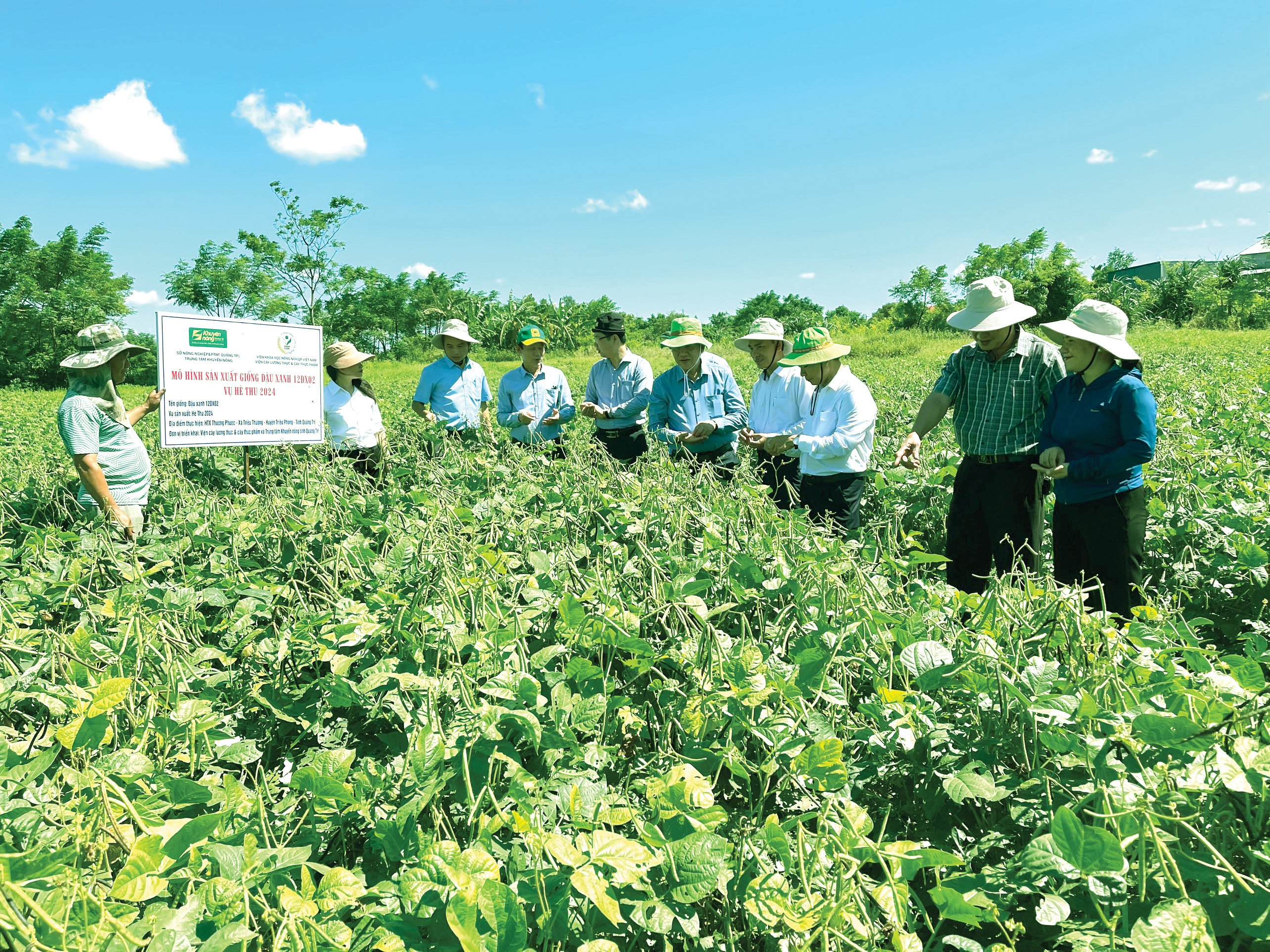
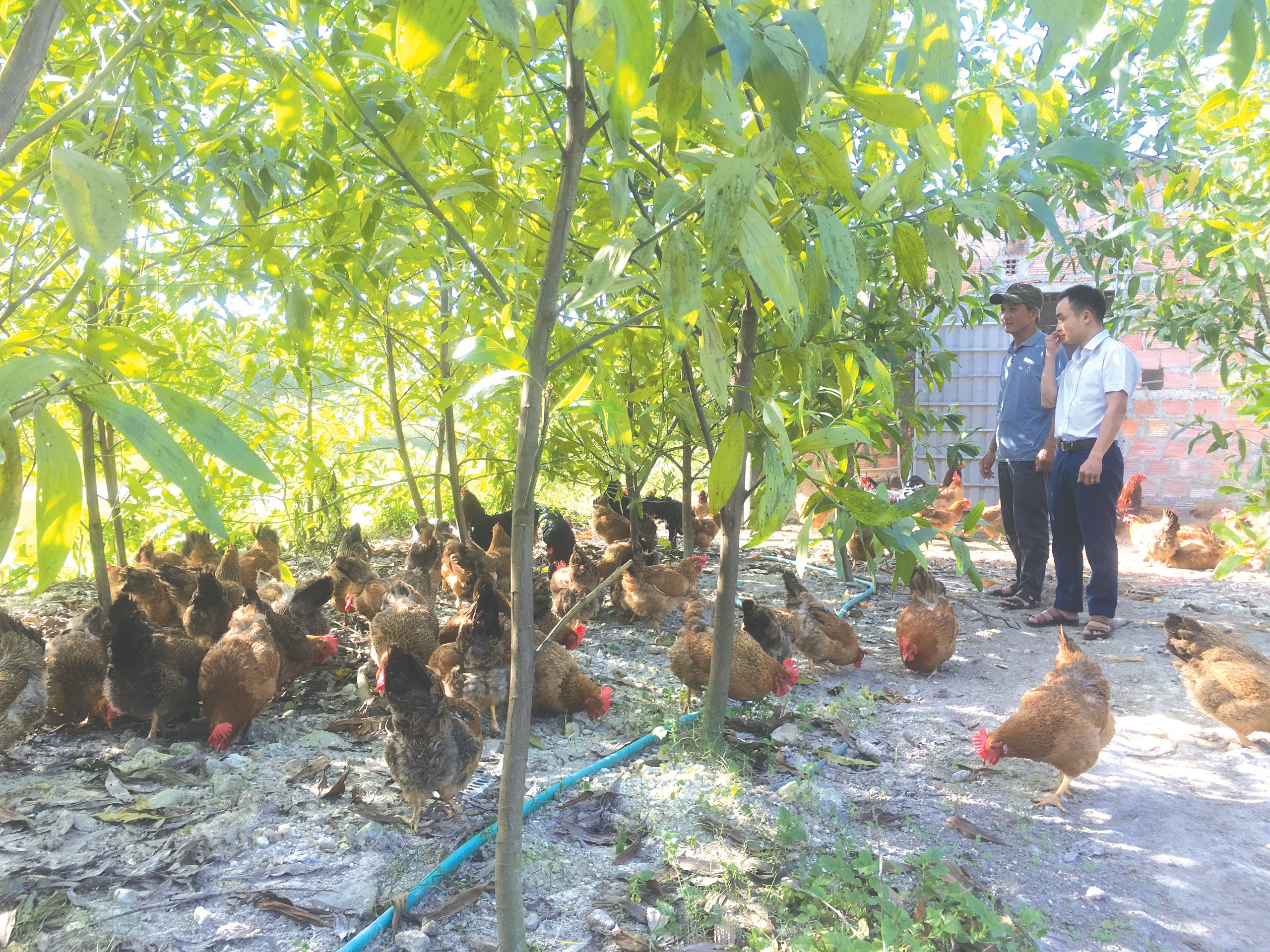






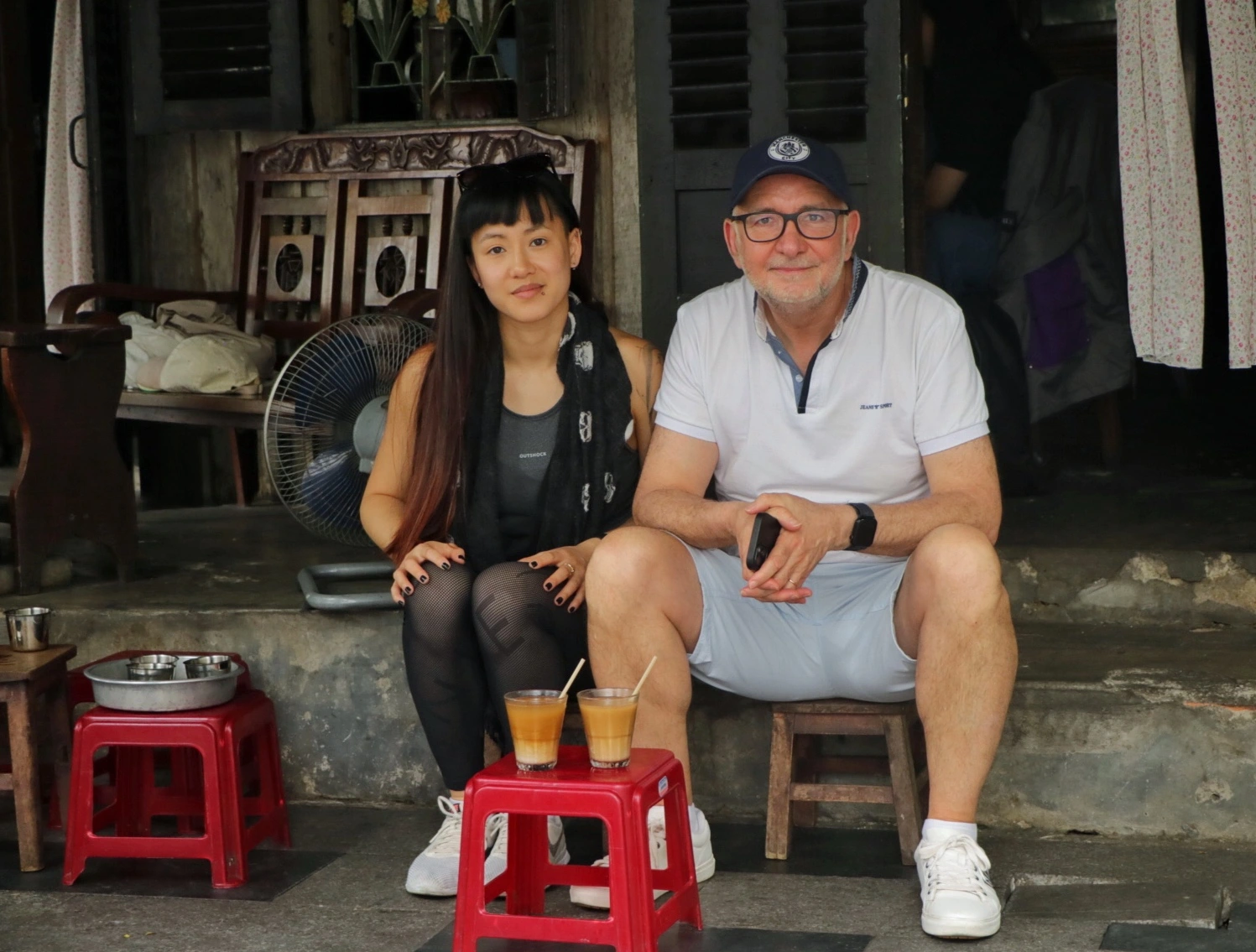

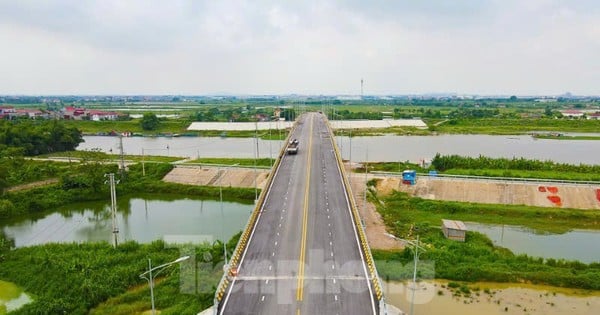

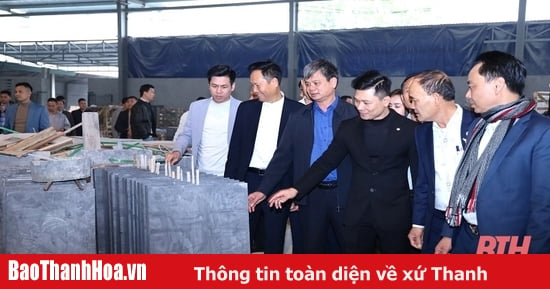
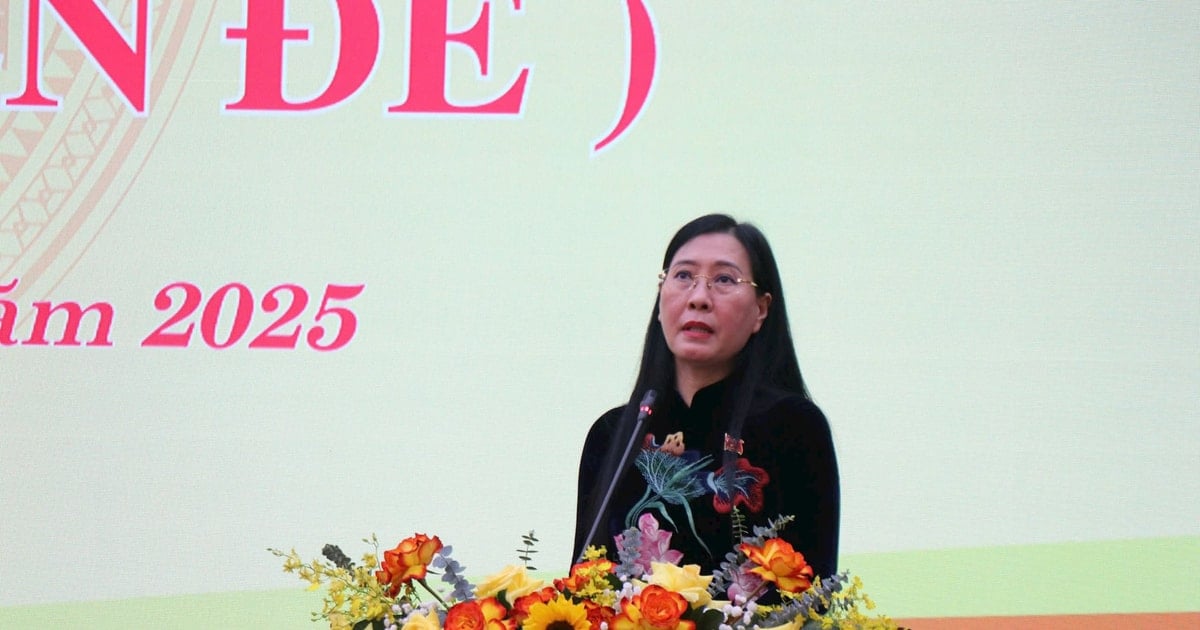

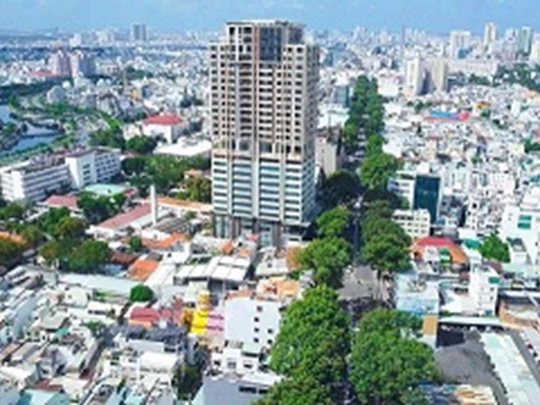



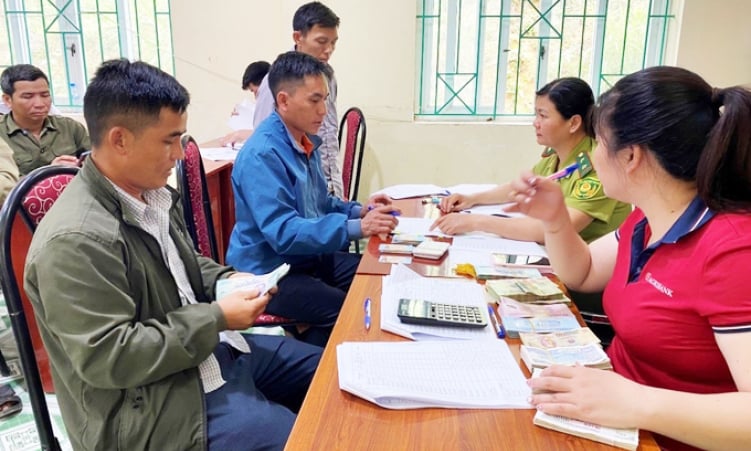

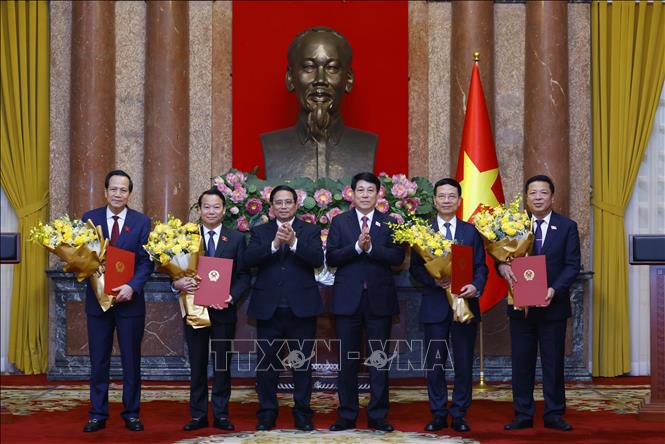
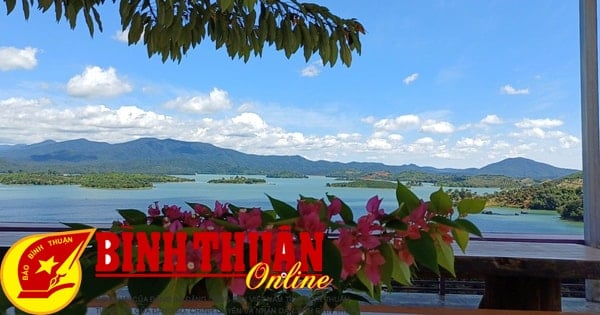

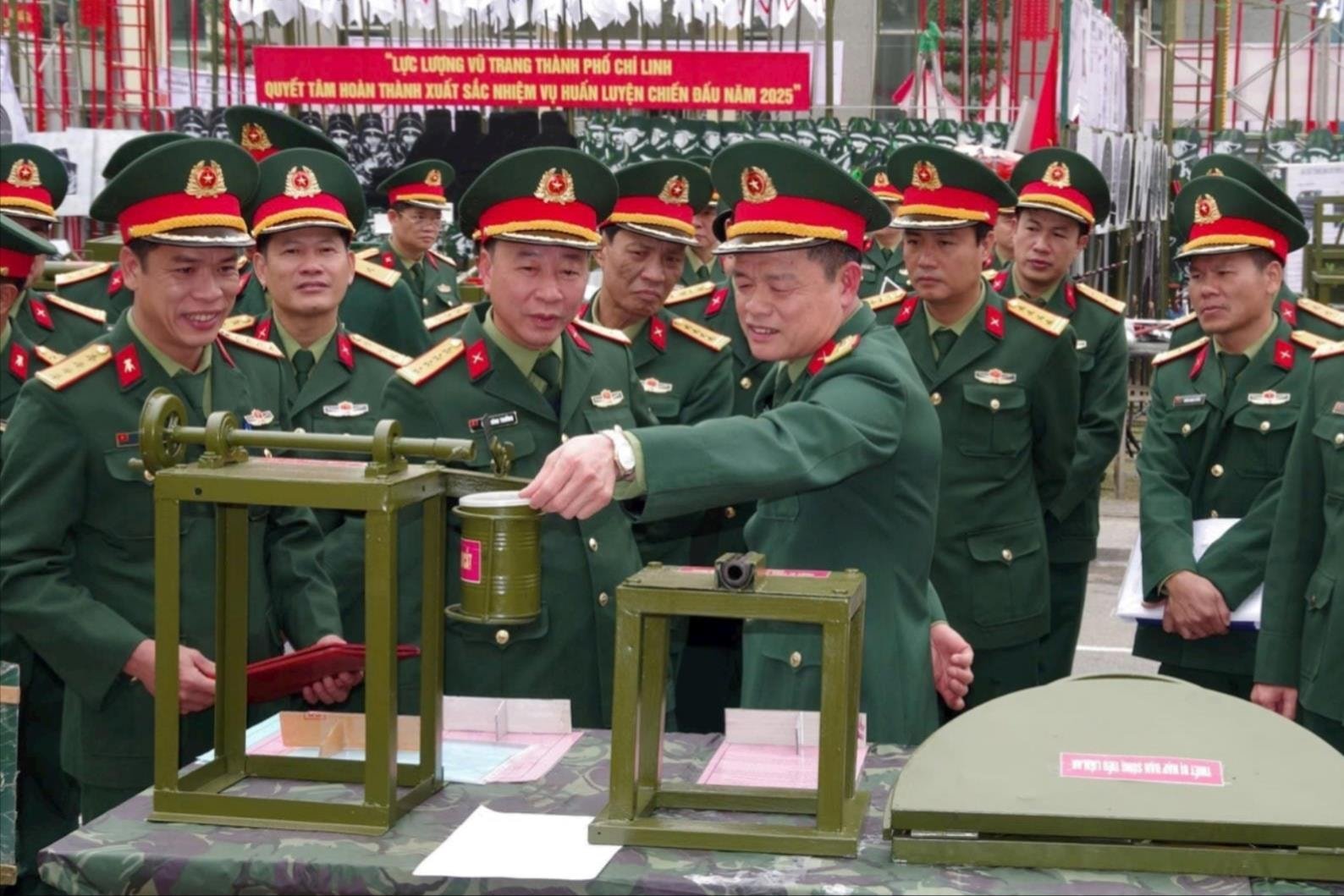



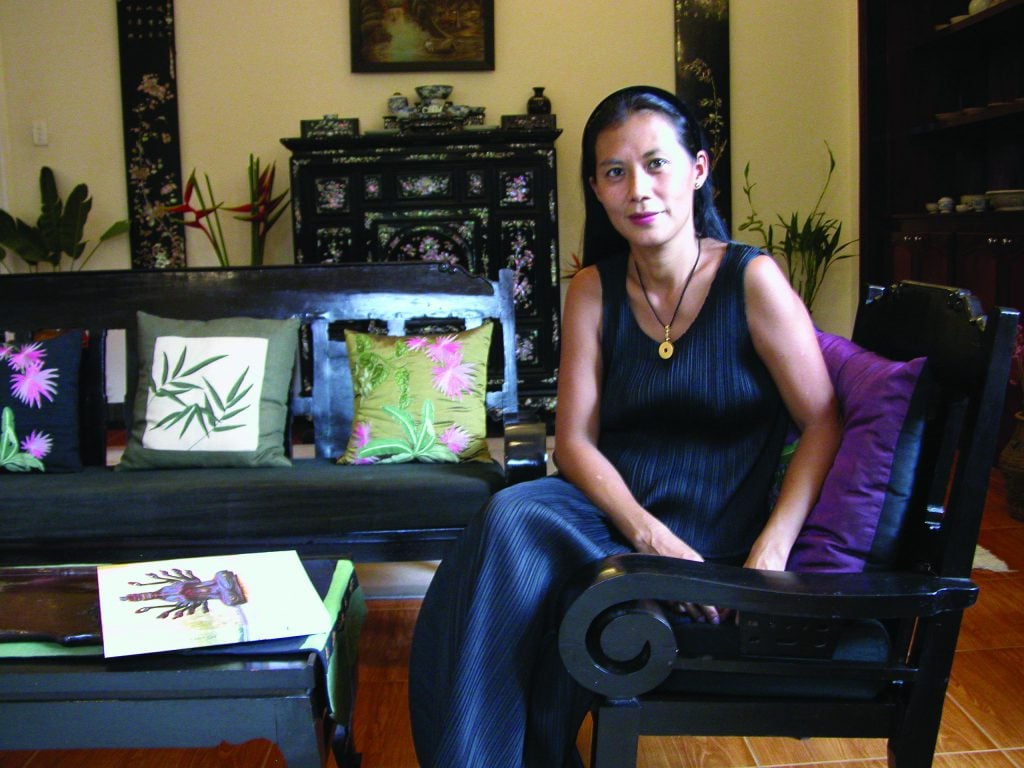



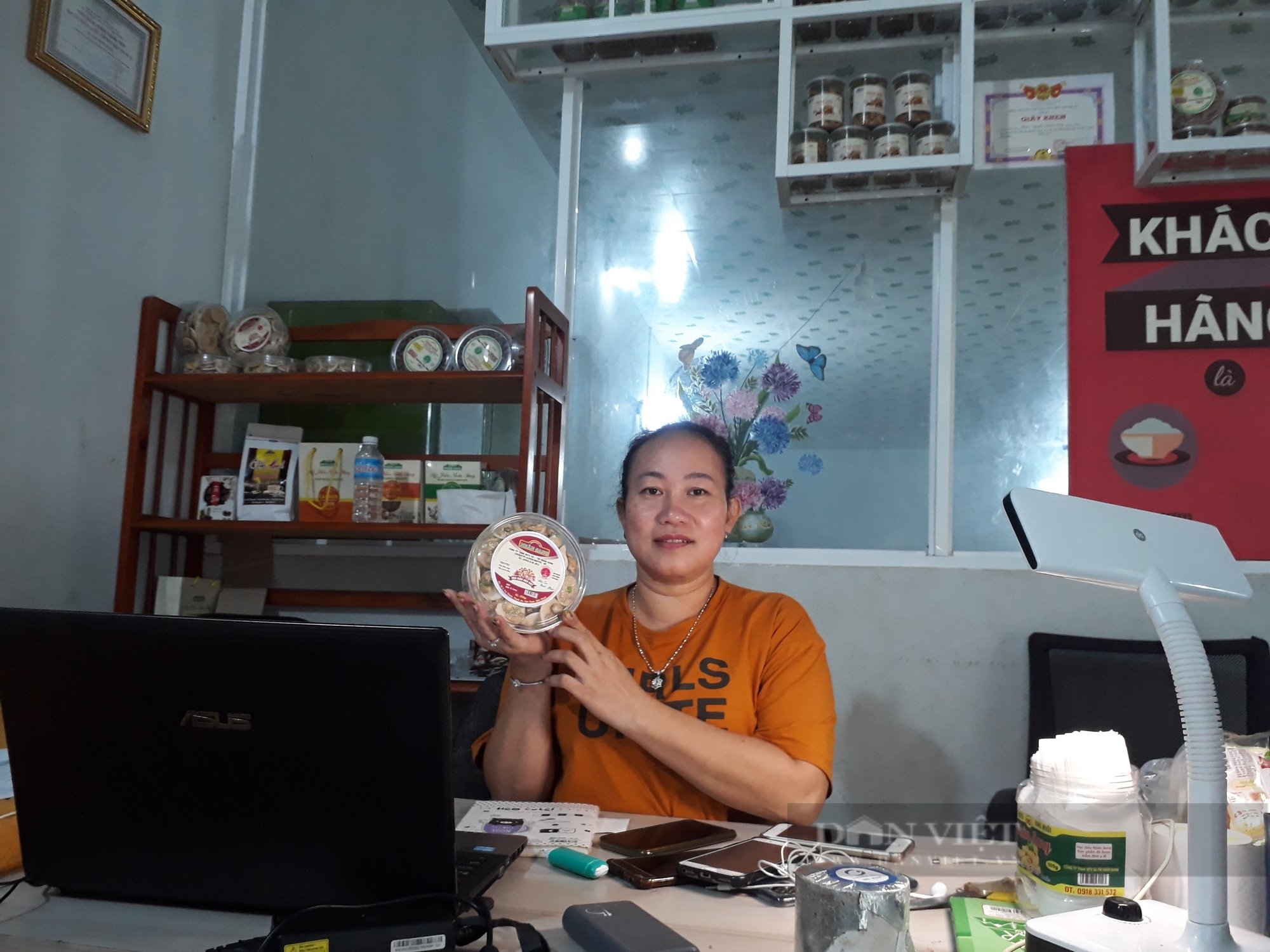



Comment (0)